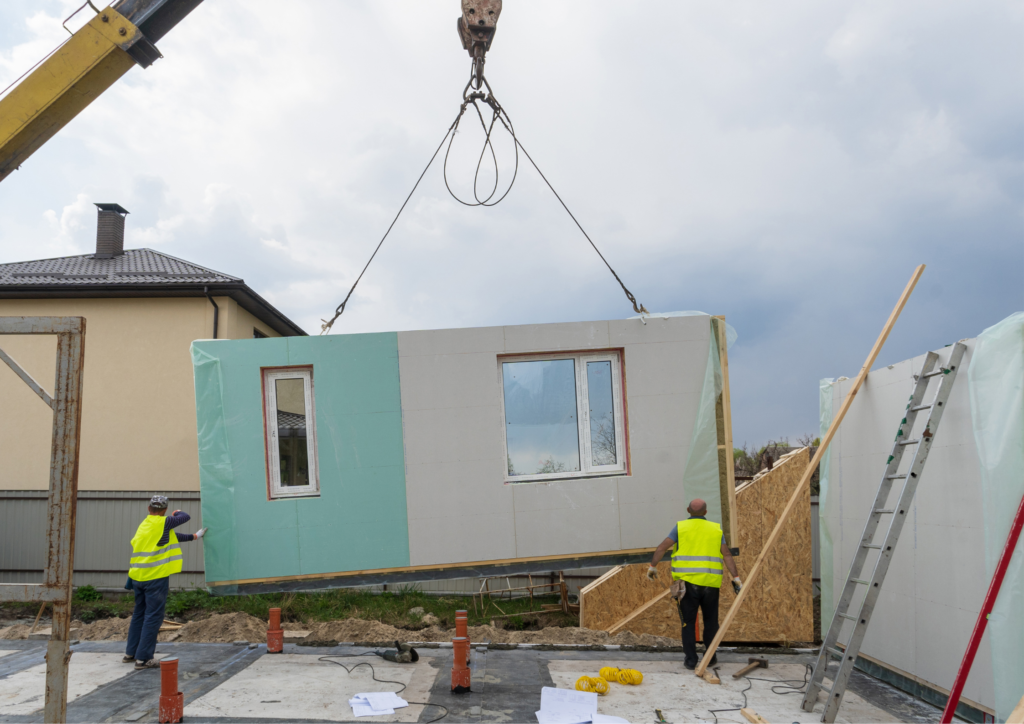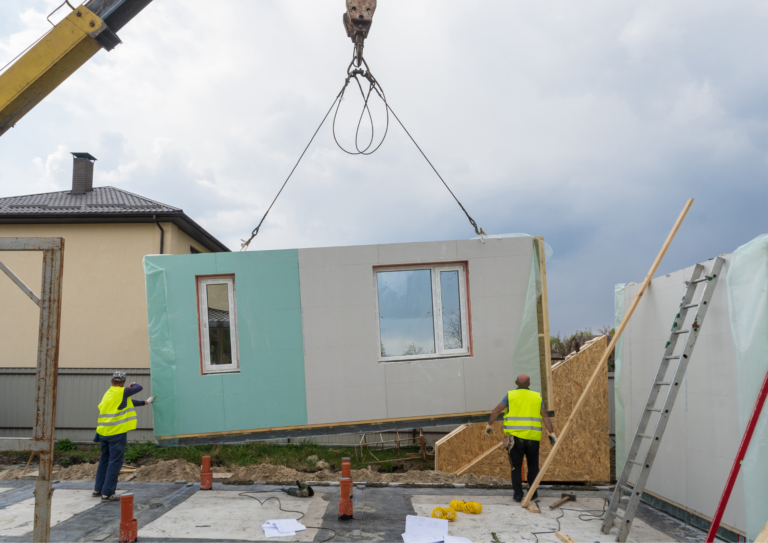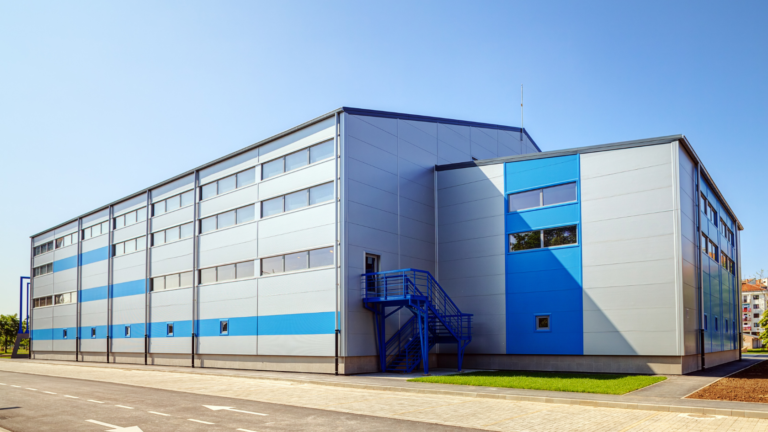In today’s changing world of architecture, the need for flexibility and adaptability has transformed construction practices. Portable buildings, also referred to as prefabricated structures have become versatile solutions for educational institutions and residential areas alike. These buildings are assembled off-site in controlled environments offering benefits over construction methods such as speed, cost efficiency, and improved quality control.

Understanding Portable Buildings
Portable buildings are created in factory settings away from the construction site with components being manufactured alongside site preparation. This method significantly speeds up construction timelines compared to other approaches. Additionally, this streamlined process reduces labor expenses and minimizes material wastage making it a practical option for purposes. The prefabricated nature of these buildings ensures quality and adherence to building regulations and standards enhancing dependability.
Portable Buildings in Educational Settings
Meeting the Increasing Demands of Education
Educational institutions encounter challenges like fluctuating enrollments and aging infrastructure that require solutions like buildings. These structures play roles by providing classrooms during periods of enrollment spikes or facility refurbishments. The quick deployment of classrooms guarantees disruption to regular school activities maintaining uninterrupted learning environments. Furthermore, portable buildings can cater to needs such, as science labs or administrative offices tailored specifically to each institution’s requirements.
Creating Better Learning Spaces
Portable classrooms today focus on combining comfort and practicality through design choices. By incorporating light and efficient ventilation systems these classrooms create an indoor environment that enhances student well-being and academic performance. Measures, like improved acoustics help reduce noise levels fostering an environment for learning. Additionally, accessibility features such as ramps and elevators can be added to ensure inclusivity for students with disabilities.
Environmental Sustainability
As environmental consciousness grows portable buildings offer eco benefits in settings. Energy-efficient designs with elements like LED lighting and insulation help lower expenses. Minimize environmental impact. Off-site construction reduces on-site waste production while optimizing material usage in line with construction principles. The sturdy nature of structures ensures longevity supporting building practices by reducing the need for frequent replacements.
Portable Buildings Houses
Embracing Modern Living
Apart from uses portable buildings address a variety of needs by providing practical solutions for affordable housing and temporary lodging. Prefabricated homes offer a budget option compared to housing models enhancing accessibility to homeownership. These structures serve well during relocations due to home improvements or function as vacation residences offering living spaces, with quick setup times.
Homeowners have the option to choose from a variety of designs, layouts, and finishes to personalize their living spaces based on their tastes and lifestyle needs.
Sustainable Living Solutions
Portable structures embody principles, in construction practices. Manufacturing off-site minimizes disruption to landscapes and nearby communities reducing impact during installation. Efficient use of resources in design helps minimize material wastage advocating for eco-building approaches. Modular homes can adjust to evolving family needs by enabling expansions or relocations supporting long-term sustainability and lowering housing turnover rates.
Human-Centered Design
The design philosophy of structures places a focus on human centered aspects to enhance comfort, safety, and overall well being. Contemporary amenities and safety features are incorporated into designs to uphold health and safety standards for residents. Visually appealing designs blend seamlessly with the surroundings nurturing a sense of community and belonging among inhabitants. Portable structures are crafted to encourage interaction and community involvement fostering cohesive living environments.
Future Innovations
Looking forward advancements in technology and design offer prospects, for structures. Integration of home technologies enhances energy efficiency, security, and overall comfort within buildings. Biophilic design principles integrate elements and green spaces to enhance well-being and productivity among occupants.
Using materials and construction methods not only helps lessen the environmental footprint but also improves the strength and longevity of structures.
Portable structures offer a way of approaching construction and design providing flexibility, functionality, and sustainability advantages. Whether used in schools or residential areas these buildings prioritize comfort, efficiency, and environmental responsibility. As cities grow and change portable structures are set to play a role, in creating inclusive environments that cater to the needs of both current and future generations. By embracing the adaptability of buildings we not only address immediate infrastructure requirements but also lay the groundwork, for strong and flexible communities. Through the use of cutting-edge technologies and eco-friendly methods, we can nurture a built environment that supports flourishing institutions and lively residential neighborhoods ensuring a tomorrow for everyone.
Brickborne believes in accuracy and time construction without wastage of resources. We believe in economical and sustainable construction. With the advancing world, software is here to assist us in the construction field. Brickborne provides construction drawings as per codes of the region, 3D modeling, rendering, and animation walkthroughs of both interior and exterior, and quantity surveying and cost estimation. Choose us to change your dreams into reality as we say, Brickborne- We Design Your Ideas!





